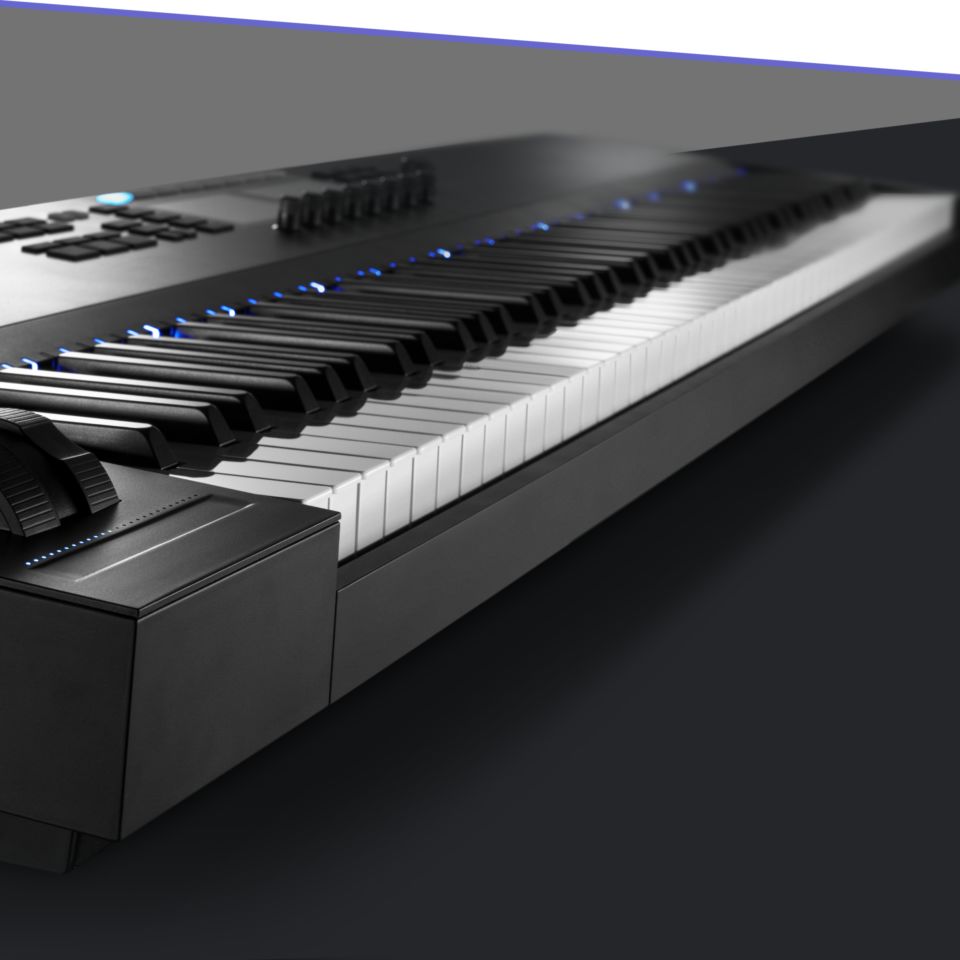Main Menu
Native Instruments Elektrik Piano Download Full
вторник 26 марта admin 49

Jul 3, 2017 - Share on Facebook. Share on Twitter. Please reload. This site was designed with the.com website builder. Create your website today.
For years it was instantly associated with smooth late-'70s productions, and now the sound of the electric piano is enjoying a comeback. But just how good is Native Instruments' sample-based virtual version? Hands up anyone who hasn't heard of Native Instruments. When it comes to virtual instruments, NI produce some of the best around; some of them have yet to be beaten in my opinion, including such gems as Battery, Kontakt, and B4. Elektrik Piano is a virtual rendition of four legendary 'old faithful' electro-mechanical keyboards, namely the Fender Rhodes MkI, the Fender Rhodes MkII, the Hohner Clavinet E7 and the Wurlitzer A200 — a revered set of instruments by anyone's standards.
Elektrik Piano is available for Mac and PC. The Mac version supports VST, Audio Units, RTAS, Core Audio and Core MIDI, and requires a minimum specification of Mac OS 10.2.6 and a G4 867MHz processor. The PC version supports VST, RTAS, DXi, ASIO and Direct Sound, and needs a minimum spec of Windows XP and a Pentium 3 or Athlon 800MHz processor. 2GB of hard drive space and a minimum 512MB of RAM is required on both platforms. For the purpose of this review, I primarily ran the instrument as a VST plug-in under Cubase on my 2.4MHz Athlon-based PC with 1GB of RAM and can report that it worked flawlessly. Elektrik Piano uses a sample-based audio engine with individual samples taken for every semitone across the keyboard at various velocity levels.
Separate samples have also been taken of the release phase of each instrument for added authenticity. Usefully, the sample material can be loaded straight into NI's Kontakt sample player, which affords possibilities for some serious mangling should the mood strike you. I found the Clavinet samples to be particularly good in this respect, being chunky and full of body, unlike many of the synth emulations we're more often exposed to.
I really like the look of this plug-in. I might wish it was slightly bigger on my 1024 x 768 resolution screen, but everything from the faux- Fender logo to the shading around the silver knobs gets brownie points from me. Over to the right of the panel are the tuning, pan and volume controls, with attendant VU metering.
Tuning is available over a ±12 semitone range, while holding the Shift key allows for fine adjustment in cents (hundredths of a semitone). Use of the Shift key to reduce the range of knob movement works across all of Elektrik Piano 's controls. NI have designated each of the four sampled keyboards an Instrument and each of the processed variants of the Instruments are named Presets.
Each Preset comes with a flavour of effects or EQ treatments built in. The centre of the display shows the current Instrument and active Preset. You can choose a Preset by navigating through the 'File' button, or by using the plus or minus buttons to step through them in series. The F1-F8 buttons can each be loaded with a Preset for fast access and these are recalled by clicking the button, using the computer keyboard's F1-F8 keys, or by using a MIDI program change from 1 to 8. Helpfully, the assignment of the Function buttons (and, indeed, the position of the control knobs) can be saved in a Performance file. Over to the left of the panel are four controls that change assignment depending on the currently selected Preset. They variously become depth, speed, amount and frequency controls for the various reverb, chorus, phaser, panner and equalisers assigned to each Preset.
The knobs can be accessed over MIDI by use of controller numbers 20-23, which is helpful for automation or live use. It would be nice to be able to change the MIDI controller number assignments, perhaps to map phaser depth to a mod wheel, or overdrive amount to a breath controller, for example, but NI have gone for a simple approach here. Matsya purana english pdf. The amount of tweaking is limited; there are no Presets that feature chorus, phasing and reverb all together, for instance. The range of control is also quite conservative — I would have liked to dial in more distortion, for example, but the drive control runs out just when things begin to get interesting. NI make great play about Elektrik Piano being simple to use and this certainly holds up, but some users will have to reach for other plug-ins if they want to spice up the basic sound of this instrument.
Just below the main panel are a number of indicators showing MIDI channel (Elektrik Piano is monotimbral, but you can of course load more instances up to the limit of your computer's disk/processor resources), current polyphony count, memory usage, CPU usage, and whether you're using Direct From Disk (DFD). DFD is a useful RAM-saving feature available as an update from NI's web site (though it does increase the strain on your hard disk, obviously).
